Table of Contents
ToggleIntroduction
Depression is a debilitating condition that affects millions worldwide, and for those who don’t respond to traditional antidepressants, ketamine therapy for depression has emerged as a revolutionary treatment. Unlike conventional medications that can take weeks to work, ketamine offers rapid relief—sometimes within hours. This innovative approach is changing lives, particularly for individuals with treatment-resistant depression (TRD). In this comprehensive guide, we’ll explore how ketamine therapy works, its benefits, potential side effects, costs, and what to expect during treatment.
What Is Ketamine Therapy for Depression?
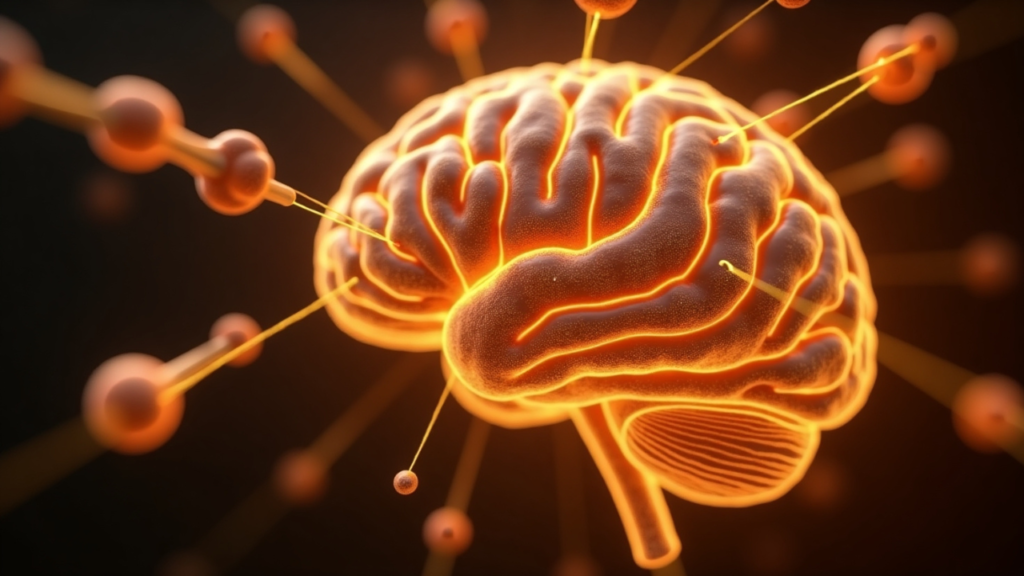
Initially created as an anesthetic, ketamine has recently emerged as a promising option for its rapid-acting antidepressant properties. Administered in controlled, low doses under medical supervision, ketamine therapy for depression works differently from SSRIs (selective serotonin reuptake inhibitors) or SNRIs (serotonin-norepinephrine reuptake inhibitors). Instead of targeting serotonin or norepinephrine, ketamine acts on the glutamate system, helping to repair damaged neural connections in the brain.
How Does Ketamine Work for Depression?
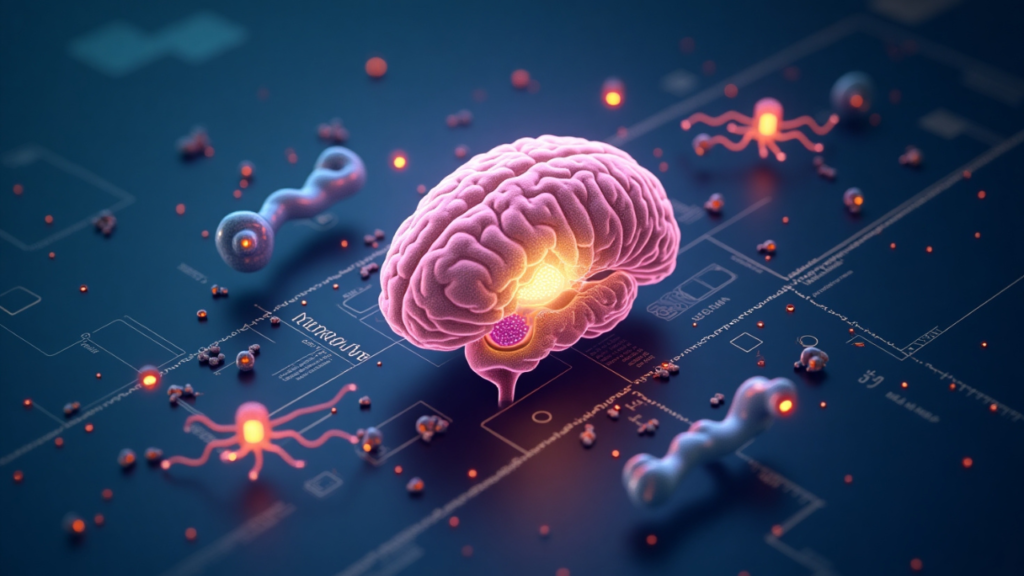
Boosts BDNF (Brain-Derived Neurotrophic Factor): Promotes brain cell growth and connectivity.
Blocks NMDA Receptors: Disrupts negative thought patterns linked to depression.
Quick Mood Shift: Numerous individuals experience noticeable emotional relief within 24 to 72 hours
Who Is a Good Candidate for Ketamine Therapy?
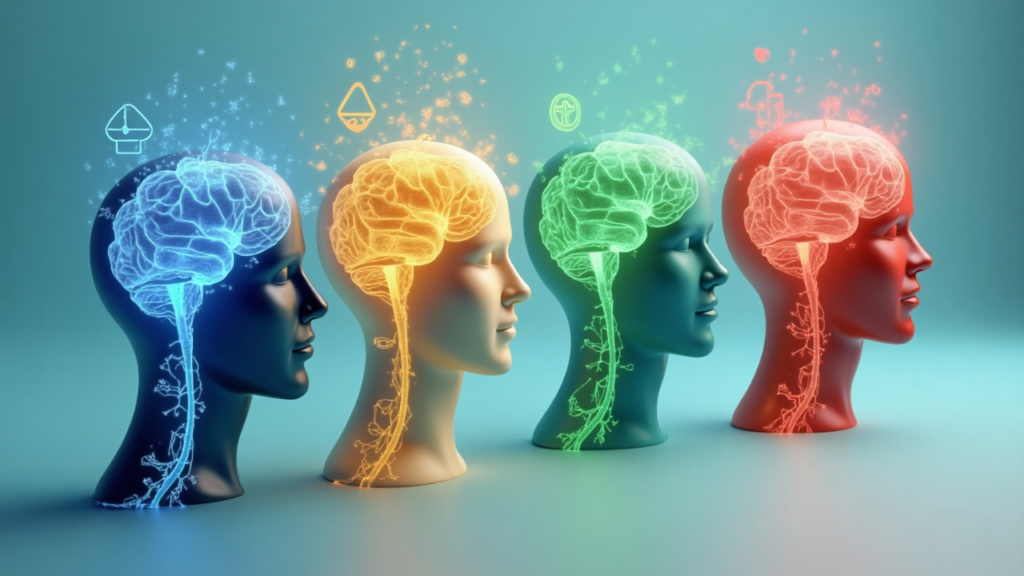
Ketamine isn’t a first-line treatment but is highly effective for:
✅ Treatment-resistant depression (TRD) – When SSRIs, therapy, or other medications fail.
✅ Severe suicidal ideation – Provides fast-acting relief in crisis situations.
✅ Bipolar depression – Can stabilize mood without triggering mania (when monitored).
✅ PTSD and chronic anxiety – Helps rewire fear-based neural pathways.
Note: Ketamine is not recommended for individuals with uncontrolled high blood pressure, psychosis, or a history of substance abuse without careful evaluation.
Types of Ketamine Treatment for Depression
1. IV Ketamine Infusions (Most Effective)
Gold standard for depression therapy.
Administered in a clinic over 40–60 minutes.
Typically requires 6 sessions over 2–3 weeks, followed by maintenance doses.
Success rate: 70–80% of patients experience significant improvement.
2. Ketamine Nasal Spray (Spravato®)
FDA-approved for TRD and suicidal thoughts.
Must be taken at a certified clinic (cannot be used at home).
Works slower than IV infusions but more accessible.
3. Ketamine Lozenges or Oral Tablets
Less common, sometimes prescribed for at-home use (off-label).
Lower bioavailability than IV or nasal spray.
4. Intramuscular (IM) Ketamine Injections
More swift in action than nasal formulations, though less frequently used than intravenous (IV) treatments.
Ketamine Therapy Benefits vs. Traditional Antidepressants
| Factor | Ketamine Therapy | Traditional Antidepressants |
|---|---|---|
| Speed of Relief | Hours to days | 4–8 weeks |
| Effectiveness for TRD | High (70–80% response) | Low (only 30–40% for TRD) |
| Side Effects | Short-term dissociation, dizziness | Weight gain, sexual dysfunction, fatigue |
| Long-Term Use | Requires maintenance doses | Daily pills indefinitely |
Potential Side Effects of Ketamine Therapy
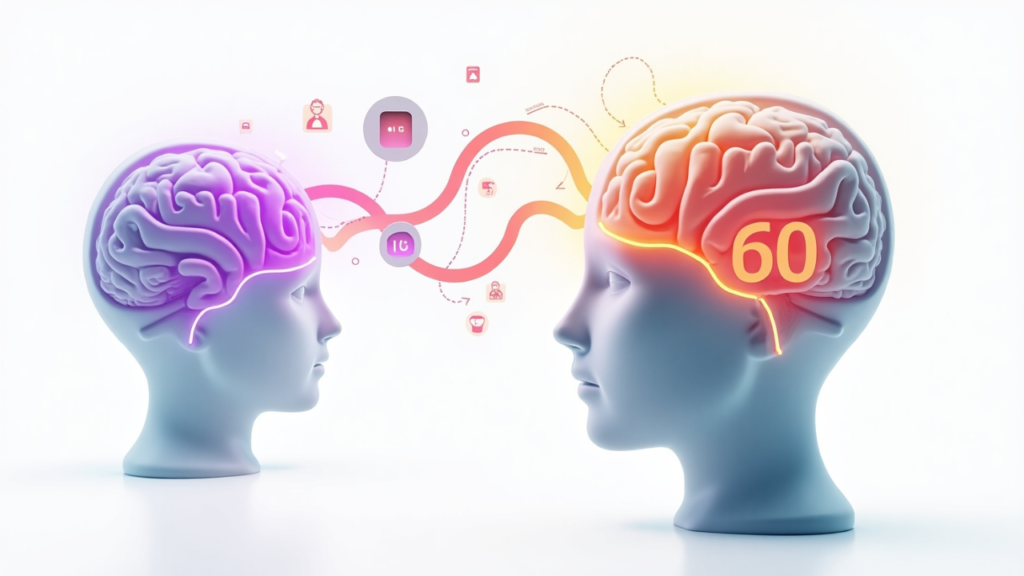
While generally safe under medical supervision, some patients experience:
⚠️ Dissociation or “out-of-body” sensations (usually fades quickly).
⚠️ Dizziness, nausea, or blurred vision during treatment.
⚠️ Increased blood pressure (monitored during sessions).
⚠️ Risk of dependency (minimal at therapeutic doses but requires oversight).
Most side effects subside within an hour post-treatment.
How Much Does Ketamine Therapy for Depression Cost?
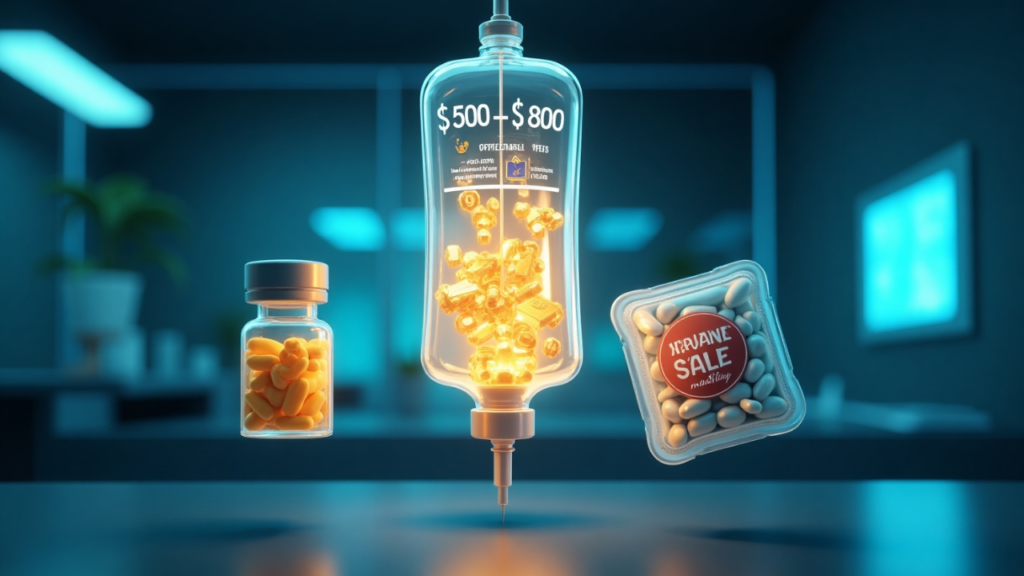
IV Ketamine Infusions: $400–$800 per session (6+ sessions often needed).
Spravato® (Nasal Spray): $600–$1,200 per dose (covered by some insurers).
At-Home Lozenges: $150–$300/month (less common).
Insurance acceptance differs—some providers now include coverage for Spravato in cases of treatment-resistant depression (TRD).
What to Expect During a Ketamine Session

Pre-Screening: Medical history review to ensure safety.
Set & Setting: Relaxing environment, often with calming music.
Administration: IV infusion or nasal spray under supervision.
Monitoring: Vital signs tracked throughout.
Recovery: 30–60 minutes of observation post-treatment.
Many patients describe the experience as “dream-like” but not unpleasant.
How Long Do Ketamine’s Effects Last?
Immediate relief can last days to weeks.
Most patients require booster sessions every 3–6 weeks.
Some achieve long-term remission with ongoing therapy.
Is Ketamine Therapy Right for You?

If you’ve tried multiple antidepressants with little success, ketamine therapy for depression could be a game-changer. Its rapid action and high success rate make it a compelling option for those who’ve lost hope in traditional treatments.
Next Steps:
🔹 Consult a ketamine clinic for an evaluation.
🔹 Check insurance coverage (especially for Spravato®).
🔹 Combine with therapy (CBT, mindfulness) for best results
Final Thoughts

Ketamine therapy for depression represents one of the most exciting advancements in mental health care. While not a cure, it offers fast, life-changing relief for those who’ve exhausted other options. If you or someone close to you is battling intense depression, this cutting-edge therapy might be the life-changing solution you’ve been seeking.

